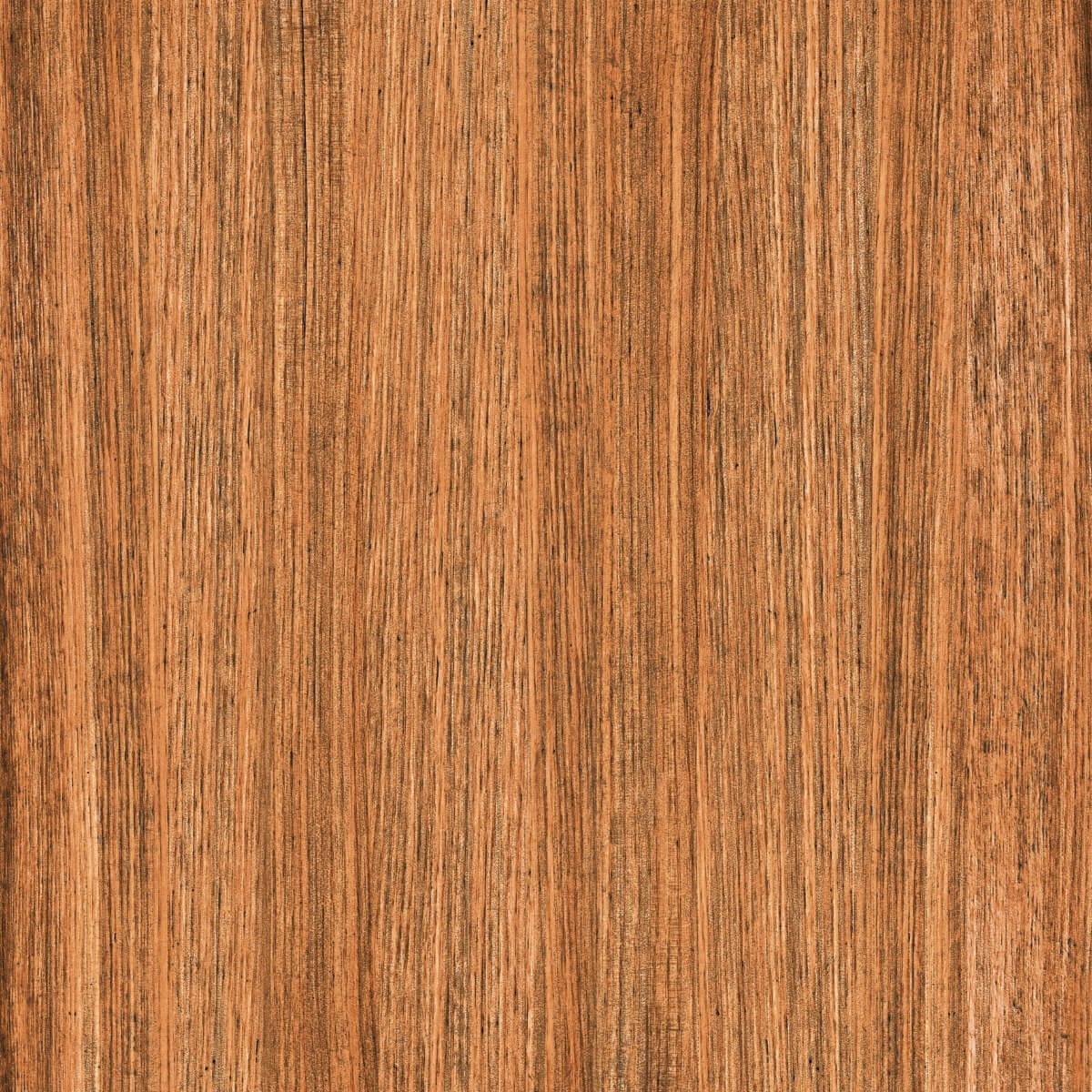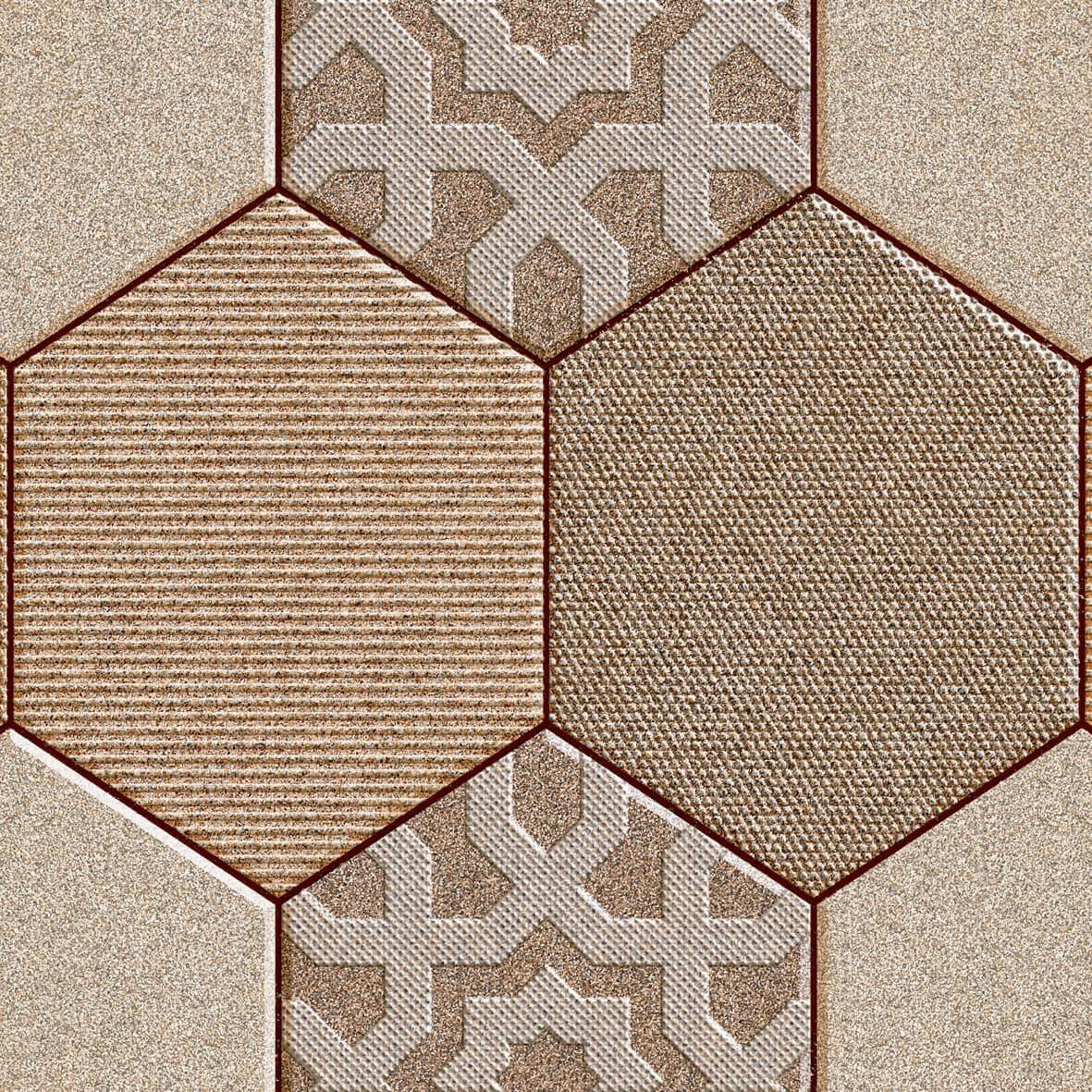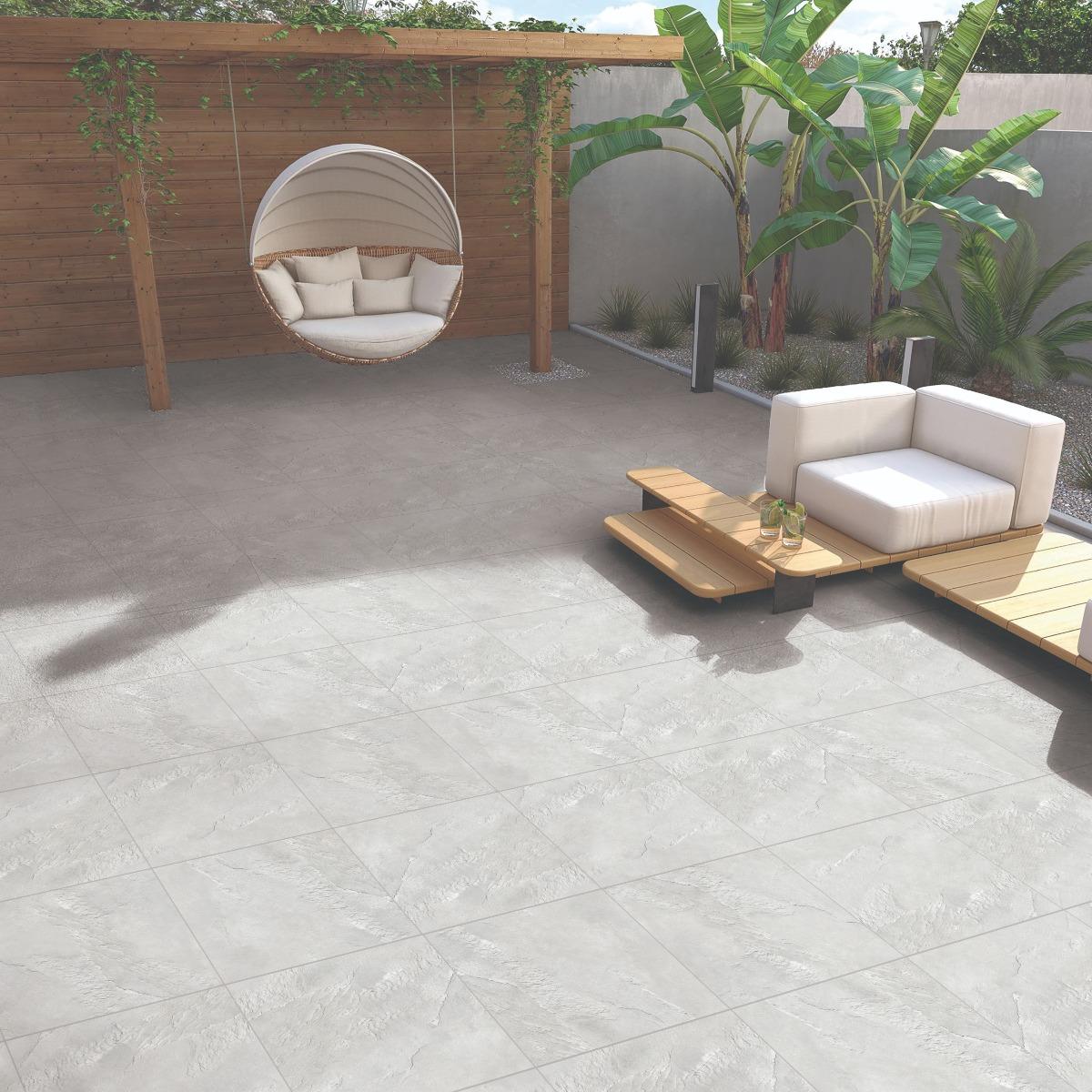05 Mar 2024 | Updated Date: 12 Feb 2025, Read Time : 5 Min
11611
Marble vs Tiles: Difference Between Tiles and Marble

The decision between tiles and marbles is one of the age-old debates that pique curiosity in our ongoing effort to improve our living areas. Whether you’re remodelling a large bathroom, a small kitchen or your entire home, a perennial challenge arises: Which material is the best? Among the top materials, tiles and marble stand out among the diverse options offered as classic selections, each radiating charm and individuality. So, let’s explore the world of tiling options in this guide to reveal the subtleties of marble vs tiles, two classics in interior design. Come along and learn the qualities, advantages, and factors to consider to decide wisely on your upcoming tiling project.
Major Difference Between Tiles and Marble
| Tile | Marble |
|---|
| Composition | Made of materials such as porcelain material, vitrified material or natural stones | Derived from Natural metamorphic rock |
| Stain Proof | A range of tiles are stain-resistant | Sealing is necessary to prevent stains |
| Finish | Available in diverse finishes | Available in polished or textured finishes |
| Porosity | Tiles are usually less porous, and porosity is based on the material’s characteristics | Greater porosity; more likely to take up liquids |
| Eco-friendly | Tiles are a sustainable choice | Being natural, it’s also environmentally beneficial. |
| Wastage | Minimal waste occurs during the installation | Often leads to higher wastage as a result of shaping and cutting |
| Classification | Classified based on the functionality, size, and material | Usually, it is categorized based on the grading and the type of marble |
Marble vs Tiles
Marble vs Tiles: Uniformity in Look
Marble has a classy and unique look and is renowned for its natural veining and patterns. Since every marble slab is unique and displays unique qualities and veining, the resulting look is magnificent yet intrinsically different. On the contrary, tiles create a more unified appearance. Whether you want wall tiles or floor tiles, you can easily find tiles with different materials and designs, such as wood design tiles or natural stone tiles, with diverse colours and patterns that offer a more uniform and predictable look.
Marble vs Tiles: Durability
Marble’s extraordinary durability makes it a fantastic choice for residential and commercial spaces. It’s a good option for prolonged usage because of its strength. But marble needs frequent sealing and continuous efforts for maintenance to keep its lustre and protect it from damage. Conversely, tiles offer remarkable durability against scratches or blemishes. They are great materials that need little maintenance, withstand high foot traffic, and are less likely to be damaged than marble.
Marble vs Tiles: Maintenance
To keep its lustre, marble needs maintenance and routine upkeep. Due to its sensitivity to acidic materials must be cleaned right away to avoid scratches and stains. Marble requires specialised cleaners to maintain its gloss and sealing to keep out moisture and stains. On the contrary, tiles require low maintenance, be they marble tiles, plain tiles, or any other type of tile. They often don’t need to be sealed and are resistant to blemishes. Generally, regular sweeping and mopping is sufficient to keep them pristine. Therefore, tiles are the apparent victor for upkeep regarding marble vs tile flooring.
Marble vs Tiles: Price
Marble is usually more costly when comparing the tiles vs marble price because of its distinctive veining and natural provenance. Marble is an expensive flooring option since its cost covers extraction, shipment, and installation. However, there is a wide variety of prices for tiles and usually ceramic tiles, porcelain or natural stone tiles, such as marble, are less expensive. They are an inexpensive substitute because of their affordability, particularly porcelain tiles with a marble-like appearance.
Marble vs Tiles: Quality
Marble is highly sought after for its exquisite texture, unmatched beauty, and classic charm. Its distinctive qualities and innate distinctions are the source of its extraordinary qualities. On the other hand, the materials and production techniques used determine the tiles’ quality. All tiles meet the best requirements of quality in their respective categories. Marble tiles exhibit outstanding textures and natural individuality, with unmatched beauty and classic elegance.
Marble vs Tiles: Design, Styles and Variations
Marble offers a traditional and refined appearance with diverse options in finishes, including polished, honed, and textured surfaces, each giving a distinct look and feel. However, marble has fewer design variants than other materials due to its natural nature. On the other hand, tiles have many different design possibilities. Matte finish tiles provide a more sombre and modern appearance, while glossy tiles reflect light and provide a sleek impression. Furthermore, tiles are available in various forms, such as wood-look, subway, hexagonal and mosaic tiles, offering designers flexibility.
Marble vs Tiles: Installation
Marble is delicate and heavy, so installing it requires careful handling and skill. Qualified specialists are needed to ensure proper fitting, save waste, and guard against damage during installation. Marble installation is labour-intensive due to the meticulous cutting, polishing, and sealing required. On the other hand, tiles provide simpler installation. Tiles made of ceramic, porcelain, or natural stone can be set in various patterns and are often lighter and simpler to cut. Due to this, installing tiles is easier and takes less time than installing marble.
Marble vs Tiles: Where to Use Them
The marble looks luxurious, which makes it an excellent material for spaces where beauty is essential, such as formal living rooms, large entrances, and expensive baths. However, there might be better options for areas with a lot of traffic or outdoors because of how quickly it can get stained and damaged. Tiles are versatile and perfect for a wide range of applications. They can be utilised in interior and exterior spaces because of their simple maintenance, resilience to moisture, and durability. Their versatility in utilisation across different spaces is made possible by their availability in various finishes and designs that suit both residential and commercial contexts.
Conclusion
In conclusion, when comparing marble vs tiles, each has specific benefits. Marble stands out for its timeless elegance and distinct natural beauty, whereas tiles are superior in durability, adaptability, and simplicity of upkeep. The decision between marble and tiles ultimately comes down to personal taste and the particular requirements of the area. Deciding which is better, tiles or marble, is difficult because each has advantages. The choice revolves around balancing practicality, aesthetics, and personal style to furnish your home or project with the right atmosphere.
FAQs
The decision between tiles or marble which is better, is based on personal preference and the intended use. While marble radiates classic beauty and distinctive natural patterns, tiles are more durable and even require less upkeep.
Renowned for their strength and endurance, tiles often outlast marble. Due to their low care requirements, ability to retain their look for a longer duration and resistance to dampness, blemishes, and scratches, they are perfect for high-traffic areas. While marble has a stunning appearance, tiles are renowned for their longevity, which makes them a valuable option for various settings.
When comparing the cost of marble and tiles, one finds that marble is typically more costly because of its distinctive veining and natural provenance. However, opt for affordable marble-design tiles if you need that marble look.
Granite's inherent beauty and reputation for lasting long for durability make it a popular material choice. Marble, valued for its grace, is frequently utilised in posh environments but needs more significant upkeep. Due to their versatility, toughness, and wide range of designs that fit well in various environments, tiles are a top choice for interior designers and homeowners. Ultimately, the purpose of a space and individual preferences should be considered while selecting between marble, granite, or tiles.
 600×1200 mm
600×1200 mm 600×600 mm
600×600 mm 195×1200 mm
195×1200 mm 300×600 mm
300×600 mm 300×600 mm
300×600 mm 300×450 mm
300×450 mm 300×600 mm
300×600 mm 300×450 mm
300×450 mm 300×600 mm
300×600 mm 300×600 mm
300×600 mm 300×450 mm
300×450 mm 300×600 mm
300×600 mm 600×1200 mm
600×1200 mm 600×600 mm
600×600 mm 600×600 mm
600×600 mm 600×1200 mm
600×1200 mm 600×600 mm
600×600 mm 600×600 mm
600×600 mm 300×600 mm
300×600 mm 600×600 mm
600×600 mm 300×600 mm
300×600 mm 600×600 mm
600×600 mm 145×600 mm
145×600 mm 600×600 mm
600×600 mm 300×600 mm
300×600 mm 600×600 mm
600×600 mm 300×600 mm
300×600 mm


























